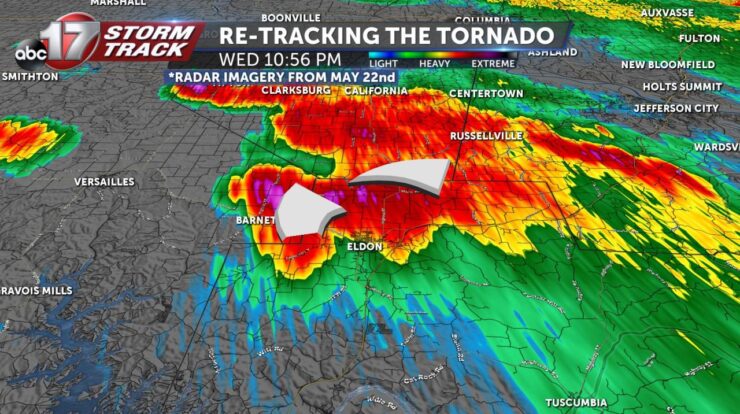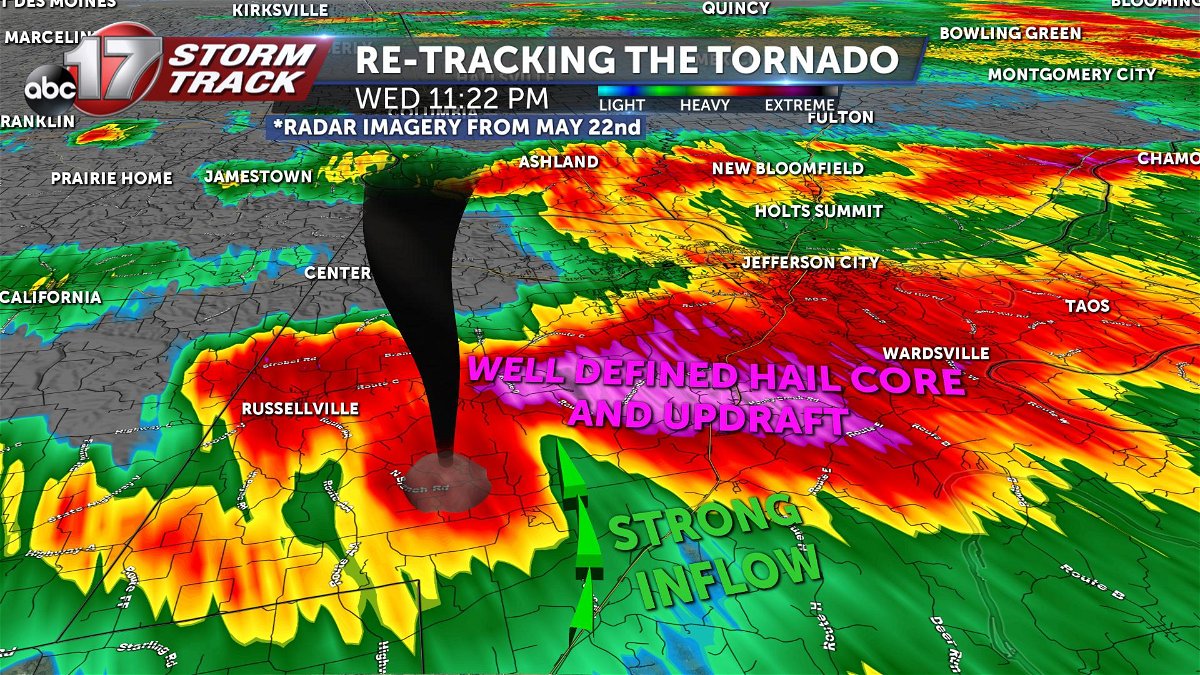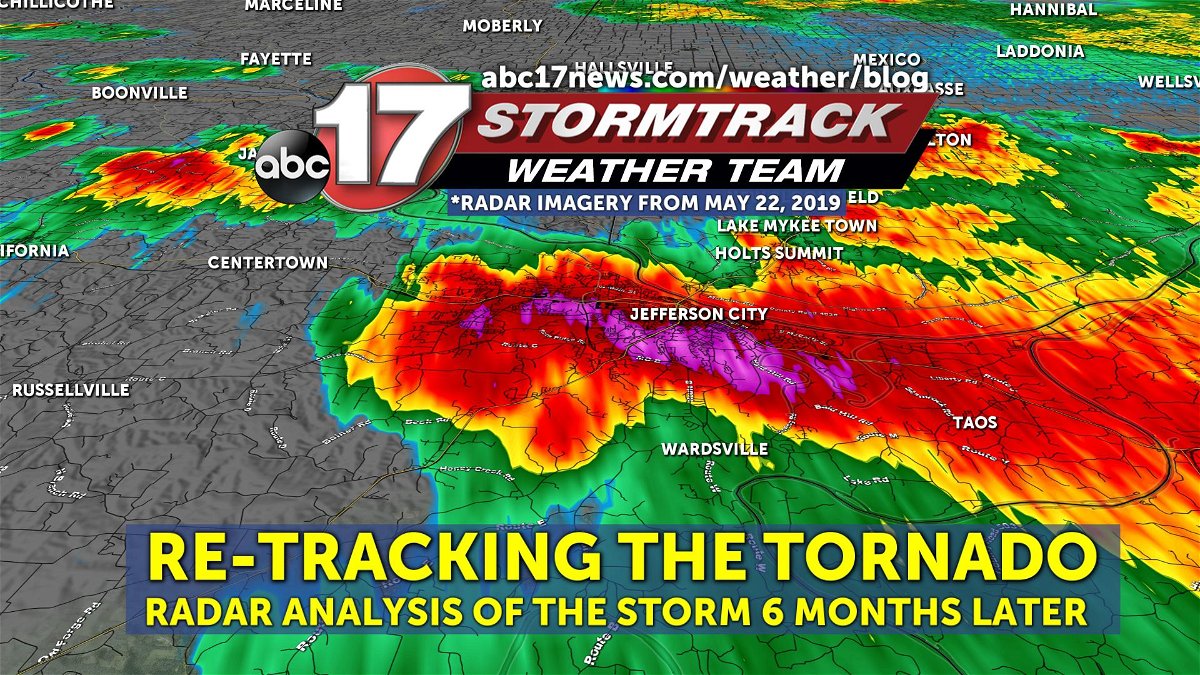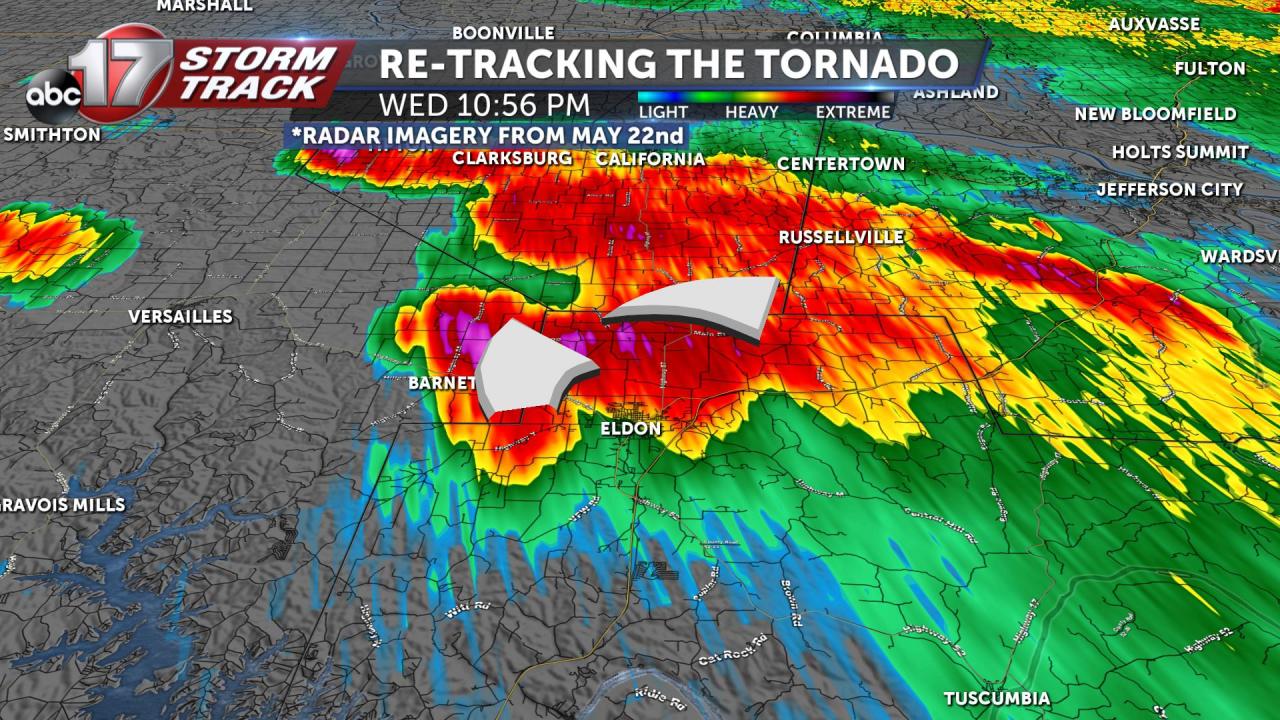
Tornado Tracker, an invaluable tool in the realm of severe weather monitoring, empowers meteorologists and emergency responders with real-time data and insights to enhance tornado detection and forecasting. Its advanced capabilities provide critical information for early warning systems, research, and forecasting, ultimately safeguarding communities and lives.
As tornadoes pose a significant threat, accurate and timely detection is paramount. Tornado Trackers leverage cutting-edge technology to monitor atmospheric conditions, detect tornado signatures, and provide real-time alerts. These systems employ various sensors, including radar, lightning detectors, and wind profilers, to gather comprehensive data on wind patterns, atmospheric pressure, and electrical activity.
1. Definition and Overview

A tornado tracker is a device or system designed to detect and track tornadoes. These devices play a crucial role in early warning systems, providing valuable information to meteorologists and emergency responders to help protect lives and property.
Tornado trackers utilize various technologies, including radar, weather stations, and atmospheric sensors, to monitor weather conditions and identify potential tornado activity. By analyzing data collected from these sources, tornado trackers can provide real-time updates on the location, intensity, and movement of tornadoes.
2. Types of Tornado Trackers
Mobile Tornado Trackers
Mobile tornado trackers are mounted on vehicles and can be deployed to areas where tornadoes are likely to occur. These trackers use radar and other sensors to detect and track tornadoes in real-time, providing valuable information to meteorologists and emergency responders.
Stationary Tornado Trackers
Stationary tornado trackers are fixed in specific locations and are typically used to monitor tornado activity in areas with high tornado risk. These trackers use a combination of radar, weather stations, and atmospheric sensors to detect and track tornadoes.
Aerial Tornado Trackers
Aerial tornado trackers are mounted on aircraft and are used to provide a bird’s-eye view of tornado activity. These trackers use radar and other sensors to detect and track tornadoes from above, providing valuable information to meteorologists and emergency responders.
3. Data Collection and Analysis

Tornado trackers collect data from various sources, including radar, weather stations, and atmospheric sensors. This data includes information on wind speed, wind direction, atmospheric pressure, and precipitation. By analyzing this data, tornado trackers can identify potential tornado activity and provide real-time updates on the location, intensity, and movement of tornadoes.
4. Accuracy and Reliability
The accuracy and reliability of tornado trackers are crucial for providing timely and accurate warnings. Factors that can affect the accuracy of tornado trackers include the type of technology used, the location of the tracker, and the weather conditions. By carefully evaluating the data collected from tornado trackers and using multiple sources of information, meteorologists can improve the accuracy and reliability of tornado warnings.
Ultimate Conclusion: Tornado Tracker

Tornado Trackers have revolutionized tornado detection and forecasting, providing invaluable support for severe weather preparedness. By integrating real-time data, advanced algorithms, and comprehensive analysis, these systems enhance the accuracy and reliability of tornado warnings, empowering communities to take timely action and mitigate the devastating impacts of tornadoes.
FAQ Overview
How do Tornado Trackers detect tornadoes?
Tornado Trackers utilize a combination of sensors, including radar, lightning detectors, and wind profilers, to monitor atmospheric conditions and identify tornado signatures.
What are the limitations of Tornado Trackers?
Tornado Trackers may face limitations in detecting tornadoes in certain conditions, such as in areas with complex terrain or during heavy precipitation.
How can Tornado Trackers be improved in the future?
Future advancements in Tornado Trackers may include improved sensor technology, enhanced data analysis algorithms, and integration with other weather monitoring systems.





